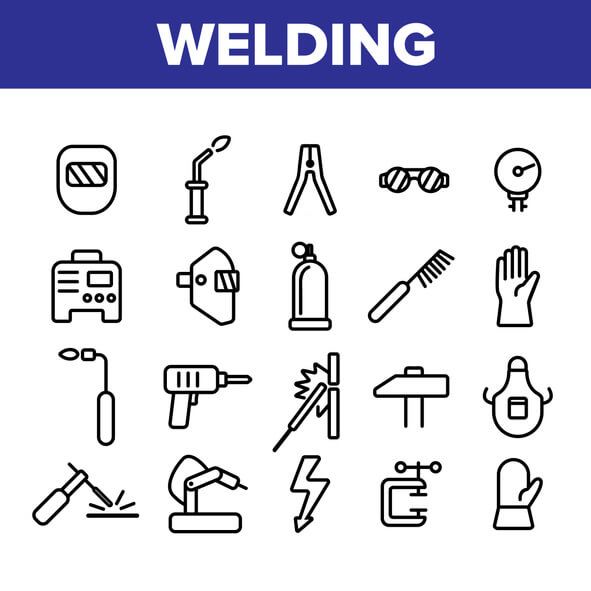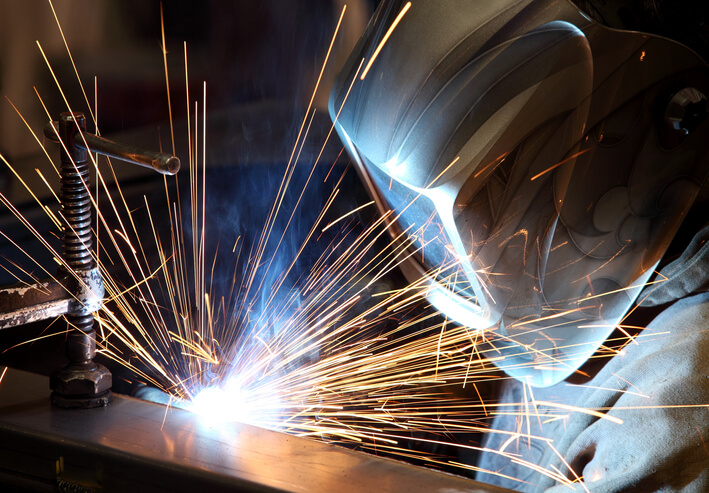
Precision and clarity of communication are central to the success of any welding process. Welding symbols are handy pointers that ensure seamless communication between designers, engineers, and welders on any project.
Welding symbols are graphic representations that convey essential information about the type and quality of welds required in a blueprint. They guide welders through the complexities of a project and ensure that the final product meets the specified standards. After completing welder training, understanding and interpreting these symbols is not just a skill but a key to unlocking a welder’s true potential. Here’s why these symbols are indispensable after completing welder training.
The Structure of a Basic Welding Symbol
The welding symbol has three key elements: arrow, reference line, and tail. The arrow, pointing to the weld location on the workpiece, gives clear direction for execution. The reference line, acting as a baseline for the arrow, serves as a foundation, aiding in positioning other symbols. The tail extends from the reference line, conveying vital details about the welding process, such as weld type and specifications. Together, these elements provide essential information for accurate and successful weld execution.
Clarity in Communication and Precision in Execution
Imagine a scenario where a welder receives a set of blueprints without any welding symbols. It would be like navigating through uncharted territory without a map. Welding symbols provide a standardized method of communication, eliminating ambiguity and ensuring that every member of the welding team is on the same page. This clarity is vital for efficiency, as it reduces the likelihood of errors and rework, ultimately saving time and resources.
Welder training equips individuals with the technical skills required for various welding techniques. However, welding symbols often outline the specifics of a welding project. These symbols guide welders in selecting the right welding processes, filler materials, and other parameters crucial to the precision execution of the weld. This precision contributes to the final product’s structural integrity and enhances the welder’s reputation for delivering quality work.

Welder Training Emphasizes Compliance With Industry Standards
As our welder courses emphasize, adhering to established standards in the welding industry is non-negotiable. Welding symbols bridge the design phase and fabrication, ensuring the welds meet industry codes and standards. Welder training teaches the fundamentals, but welding symbols provide the specific details needed to comply with regulations and certifications. This adherence is vital for welders working in aerospace, automotive, and construction sectors, where precision and safety are paramount.

Efficient Problem-solving and Professional Growth Opportunities
During a welding project, challenges and unexpected issues can arise. Welding symbols empower welders to make informed decisions and solve problems efficiently. Whether it’s adjusting welding parameters, choosing appropriate techniques, or understanding the criticality of a particular weld, the ability to decipher welding symbols enables welders to navigate complexities confidently and competently.
After completing welder training, continual professional development is essential. Proficiency in interpreting welding symbols opens doors to advanced certifications and specialized roles within the welding industry. Welders who can seamlessly translate the language of welding symbols demonstrate a commitment to excellence and stand out in a competitive field, paving the way for career advancement and diverse opportunities.
Are you looking for a world-class welder college?
Contact NATS for more information.



